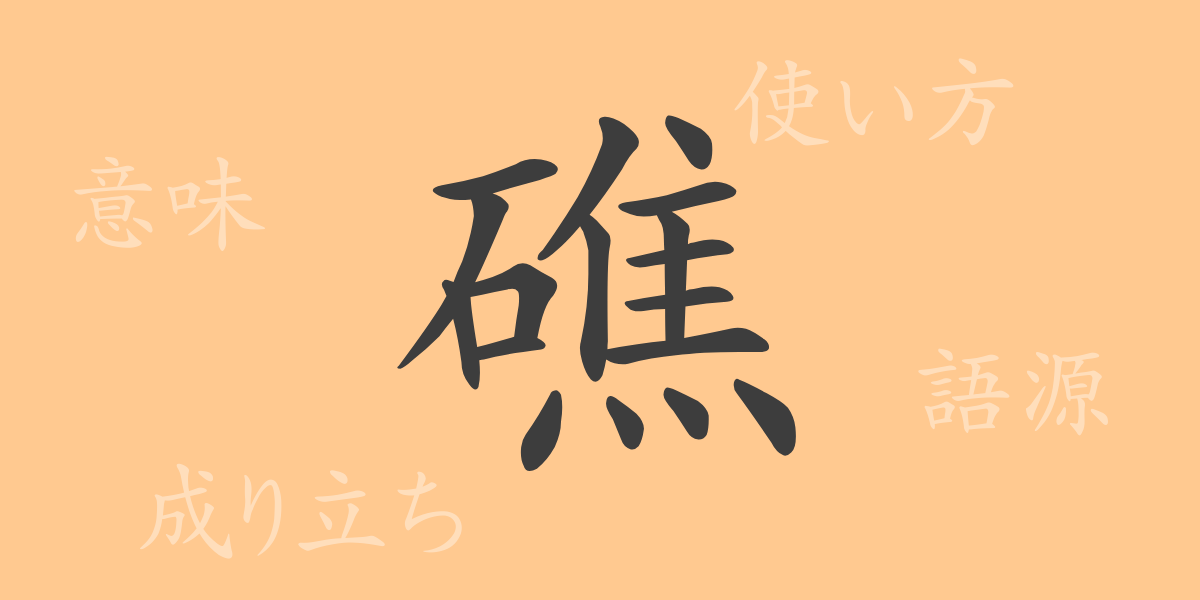The kanji “礁(しょう)” stands tall like a slice of the ocean’s blue, a natural wonder in its own right. While common in daily life, the origins and diverse applications of this character are often unexplored. This article delves deeply into the Japanese kanji “礁,” from its etymology to phrases and proverbs, enhancing cultural understanding in a nation blessed by the sea.
Origins of 礁(しょう)
Our exploration into the kanji “礁” takes us deep into its rich history, originating from China and long used in Japan. Initially, it referred to rock or coral reefs that reached near the water’s surface, establishing itself as a character associated with the sea and rocks.
Meaning and Usage of 礁(しょう)
The kanji “礁” represents places in seas or rivers where rocks or gravel have accumulated, namely reefs. While these can pose dangers to navigation, they also support rich ecosystems. “礁” is used to denote natural environments like “coral reefs” and “rock reefs” and metaphorically to describe obstacles or challenges.
Readings, Stroke Count, and Radical of 礁(しょう)
Basic information about “礁” is outlined below:
- Readings: The on’yomi (音読み) is “しょう,” with no common kun’yomi (訓読み).
- Stroke Count: “礁” consists of 17 strokes.
- Radical: The radical is “石” (stone), often associated with meanings related to rock, fitting for its representation of rocky reefs.
Phrases and Proverbs Using 礁(しょう) and Their Meanings
Idioms and phrases involving “礁” often utilize its symbolic significance:
- 礁に乗り上げる: Literally “to run aground on a reef,” used metaphorically to describe projects or plans that encounter difficulties and come to a halt.
- 礁を砕く: “To break the reef,” symbolizing the strong will to overcome obstacles.
Conclusion on 礁(しょう)
The kanji “礁” embodies the strength and beauty of nature in a single character. Through this article, we have deepened our understanding of “礁,” its meanings, and uses, enhancing our appreciation of Japanese expression. Learning about “礁” opens a window to Japan’s natural and cultural landscapes, offering insights into the country’s intricate relationship with nature and language.

























